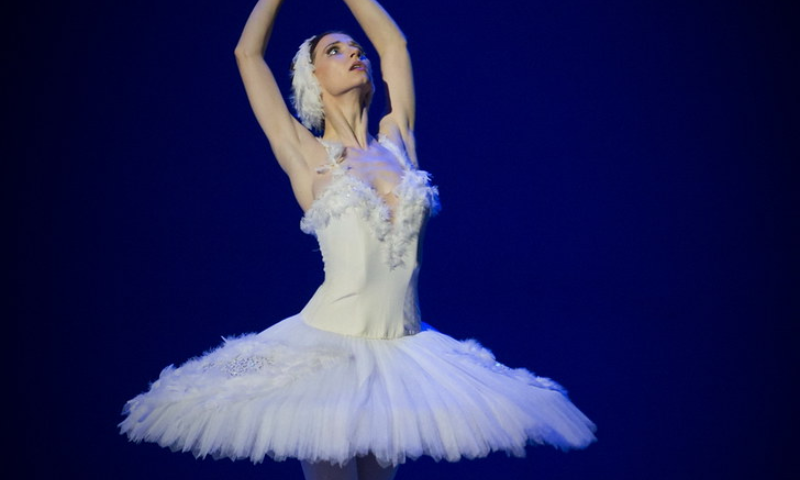Shai Ben-Ari
The Librarians, Mar. 11, 2019
“They targeted symbols of Soviet power and prestige, and few symbols were as prestigious as the famous Bolshoi Ballet which toured the world’s great cities, with the goal of promoting Russian and Soviet art and culture.”
As the lights were dimmed in the main hall of Montreal’s Salle Wilfrid-Pelletier concert venue, the audience gradually came to a hush. This was not just another show. The ticket holders were there to witness a performance by the legendary 200-year-old Bolshoi Ballet in a major Western city during the Cold War era – a rare spectacle indeed. But as the anticipation reached its peak and the curtain was finally raised, something happened. The dancers onstage and the majority of the audience looked on in horror as dozens of people seated in the front rows suddenly rose from their seats and silently filed out of the chamber. When they were gone, only one man was left standing in the large, now nearly empty front section. He was dressed in the pinstripe uniform of a prisoner.
The date was June 17th, 1974.
A protest by the women of The 35’s and their partners at a performance of the Bolshoi Ballet at the Salle Wilfrid-Pelletier venue in Montreal, 1974. The protesters walked out in defiance with the raising of the curtain.
This unusual demonstration was part of a historic protest movement. The group responsible was an organization known as “The 35’s”, or more formally – “The Women’s Campaign for Soviet Jewry”. Formed in London in May of 1971, the group was named in honor of Raiza Palatnik, a 35-year-old Jewish woman who had been imprisoned in an isolated cell five months earlier in Odessa in the Soviet Union. Palatnik was accused of “keeping and distributing materials slanderous to the State” and had even dared to request to immigrate to Israel. She had not been allowed any contact with her parents or lawyer.
Upon hearing of the Palatnik case, a group of some thirty-five British women, most of whom were around the age of 35, gathered outside the Soviet Consulate in the United Kingdom, dressed in black, with signs calling for Raiza Palatnik’s release. “Towards the evening it was decided that we would sleep on the streets, and that had never been done since the suffragettes” says Zelda Harris, a founding member of the group. ... SOURCE


